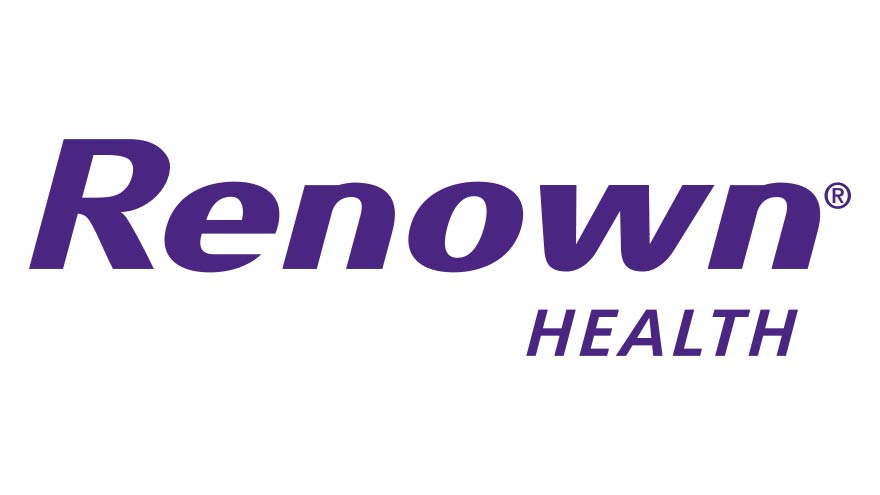
11 Nov 2022
Finding top talent is a challenge that businesses must overcome. Nevertheless, the reasons are much, much more important than the skills gap or any other current market issue. It's due to an out-of-date viewpoint on hiring and success metrics.
Starting with what we do know,
Finding exceptional individuals routinely ranks as one of CEOs' top three business priorities since talent is what makes a company stand out from the competition.
The most crucial hiring measure in use today is frequently referred to as cost per hire (CPH). The CPH framework is applied to every choice, including whether or not to work with an RPO.
What is CPH's relationship to one of the top business priorities? Really little, so why do so many businesses use this number to gauge their recruiting success? Because, they see hiring to be an expense rather than an investment.
Change the narrative from "cost" to "value"
Every other company bases its judgments on value rather than on cost. Take marketing as an illustration. Do they track a cost-per-lead metric? No doubt. Is that their definition of success? No. This is so because attracting new customers is essential for a company to thrive. Prospects represent a future investment. Increased revenue more than makes up for increased consumer costs.
What about the staff? The same applies here. Without the people who make their products and services come to life, businesses would not only fail to survive, but they would also cease to exist. Through its development, engagement, and recognition programs, HR invests in its employees, but acquiring top talent is viewed as a business expense rather than an investment in the future success of the company.
Businesses must gauge how recruiting affects operational results. They should instead inquire as to the ROI rather than the expense. Certain conventional criteria, including time to fill, quality of hire, and yes, even CPH, are unquestionably relevant. But to truly assess how they are having an influence, they must be comprehended as a whole rather than in isolation.
How an RPO places measurements in context
In the modern workplace, new norms of engagement are being presented to recruiters. Nearly everything has altered, from completely socially distant hiring practices to candidate locations and company preferences.
Due to their constrained perspective and flawed performance evaluation, recruiters are at a disadvantage as a result of all of these developments. They have been surviving, at best. At worst, they are irreparably reducing the potential of their company.
In comparison to internal recruiting teams, an RPO partner is encountering all of these new issues on a greater scale and is becoming more adept at adapting to them. They create best practices for remote hiring in real-time, identify markets with cost-effective talent, and offer advice to customers on how to address candidates' new concerns.
What precisely does an RPO partner accomplish to enhance business outcomes? Here are a few examples.
- They may make sure that your hiring process is in line with your company's aims and objectives, whether the goal is to fill positions fast or create a talent pool for the future.
- By providing an experience that satisfies the expectations of today's candidates, they can improve the perception of your company as an employer.
- They can free up your internal stakeholders so they can devote their attention to the process strategically rather than laboriously doing tactical work.
- They can provide fresh resources that your internal team might not be aware of or have the resources to invest in, such as technologies, processes, approaches, and tools.
- Through data analytics and dashboard reporting, they can offer more insight into the procedure, including where your recruiting strengths and limitations are.
- Depending on the current situation of your firm, they can flex up or down.
Trioptus can assist you in understanding how to evaluate your CPH in the context of other metrics as well as how the advantages of an RPO can help elevate your hiring strategy if your company views recruiting as a cost center rather than an investment in your future business success.











Comments (0)